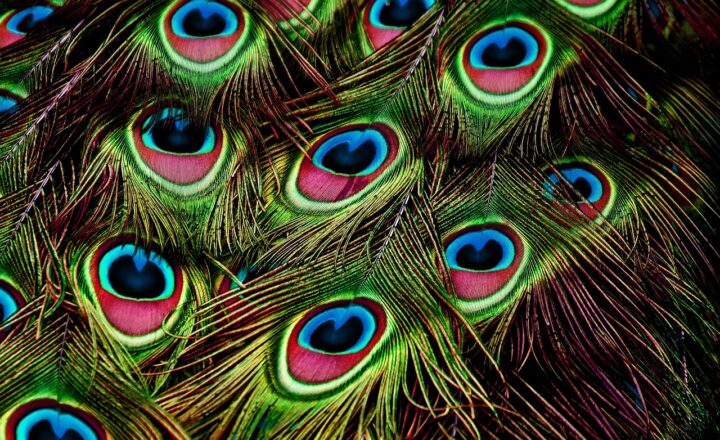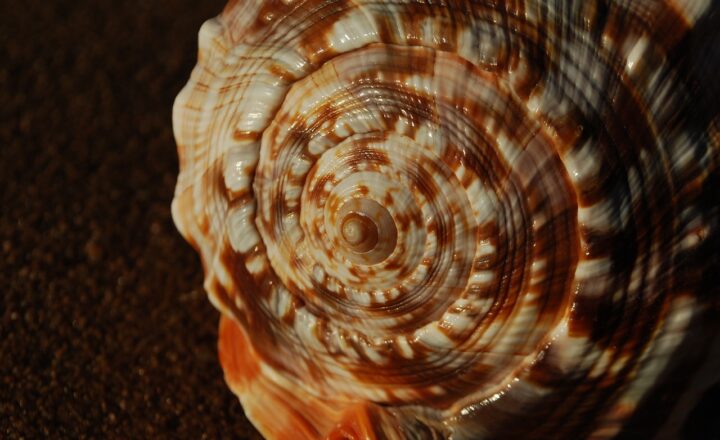Fractals in Nature: Why Trees, Clouds, and Mountains All Follow Mathematical Patterns
November 12, 2024

Nature has an incredible ability to mirror mathematical concepts in its design, and one of the most fascinating concepts is that of fractals. Fractals are intricate patterns that repeat at every scale and can be found everywhere in the natural world—from the branching of trees and the formation of clouds to the jaggedness of mountains. In this article, we will explore the concept of fractals, how they appear in nature, and their significance in understanding the world around us.
What are Fractals?
Fractals are complex geometric shapes that can be split into parts, each of which is a reduced-scale copy of the whole. This property is known as self-similarity. The term “fractal” was coined by mathematician Benoît Mandelbrot in 1975, who studied these patterns extensively and highlighted their presence in various complex systems.
Fractals are also characterized by their non-integer dimensions, which distinguishes them from traditional geometric shapes. For example, while a square has a dimension of 2 (length and width), a fractal can have a dimension of 1.5 or 2.3, reflecting its complexity.
Some well-known fractals include the Mandelbrot set, Sierpiński triangle, and the Koch snowflake, all of which exemplify the beauty and complexity of fractal structures.
Fractals in Nature
Fractals are not merely confined to mathematical interpretations; they are omnipresent in nature. Below are some of the most captivating examples:
- Trees: The branching patterns of trees are a perfect example of fractals in nature. As a tree grows, its trunk splits into branches, each of which further divides into smaller branches, twigs, and leaves. This self-similar structure allows trees to optimize sunlight absorption while maintaining structural stability, showcasing efficient energy distribution through their forms.
- Clouds: The formations of clouds exhibit fractal behavior as well. When observing clouds, one can often see patterns of smaller clouds forming within larger ones. The shape of a cumulus cloud, with its fluffy peaks and valleys, is a notable example of self-similarity, revealing the underlying fractal geometry that governs its formation.
- Mountains: The rugged outlines of mountain ranges also reflect fractal patterns. When viewed from afar, they might seem like one solid mass, but zooming in reveals the intricacies of peaks, valleys, and ridges that echo the fractal nature of mountains. This pattern of self-similarity is not just aesthetic; it plays a role in erosion, weathering, and geological stability.
- Rivers and Coastlines: The pathways of rivers often resemble fractal structures, as they branch out with tributaries and meandering paths that create intricate networks. Coastlines too are fractals; according to the coastline paradox, the more closely one measures the length of a coastline, the longer it appears to be due to its jagged and irregular shape.
- Snowflakes: Snowflakes are another exquisite example of fractals in nature. Each snowflake exhibits a unique and intricate pattern of crystals that echo self-similar forms at different scales, making them remarkably beautiful and delicate. The fractal structure of snowflakes emerges through atmospheric conditions during their formation.
Mathematics Meets Art: Fractals as an Artistic Medium
Fractals in nature have also inspired artists and designers, leading to the development of a unique artistic medium. Artists like Jackson Pollock and Salvador Dalí incorporated the unpredictability and complexity of fractals in their work, creating pieces that resonate with the chaotic beauty found in the natural world.
In recent years, fractal art has gained popularity with the advent of computational graphics, allowing artists to create breathtaking images that illustrate the intricate patterns of mathematical equations. This blend of science and art enhances our appreciation for the natural forms around us, demonstrating how deeply interconnected our understanding of math is with our visual world.
The Importance of Fractals in Science and Nature
Understanding fractals is not just an intellectual pursuit; they have practical implications in various scientific fields:
- Ecology: Fractal geometry can be used to model natural phenomena within ecosystems, such as the distribution of populations and the structure of food webs. It helps in predicting interactions and understanding ecological stability.
- Meteorology: In weather patterns, recognizing fractal structures can improve forecasting methods. The self-similar nature of storm clouds and precipitation can enhance the accuracy of predictive models for weather systems.
- Medicine: Fractals have even found applications in medicine, particularly in analyzing biological systems and structures. The branching of blood vessels, for example, exhibits fractal patterns, aiding in understanding blood flow and potential medical conditions like atherosclerosis.
- Computer Graphics: The principles of fractals have greatly informed computer graphics and animation. Techniques such as fractal terrain generation are used in various video games and simulations, creating visually stunning landscapes that mirror real-world geography.
- Architecture: Architects are starting to embrace fractal principles in their designs, creating buildings that reflect the natural forms and structures found in the environment. Fractal architecture aims to harmonize man-made structures with nature, promoting sustainability and aesthetic value.
Conclusion
Fractals are a magnificent manifestation of the mathematical patterns embedded in the tapestry of nature. By examining the fractal structures within trees, clouds, mountains, and even the human body, we can appreciate not only the beauty of our environment but also the underlying principles that govern natural phenomena. The study of fractals bridges the gap between math, art, and science, allowing us to understand better and celebrate the intricate designs that define our world.
So the next time you take a walk through the forest, look up at the clouds, or gaze at the mountains, take a moment to reflect on the stunning mathematical patterns that surround you. Nature is not just beautiful; it is a canvas painted with the vibrant strokes of mathematics, inviting us to explore further and deeper into its marvelous designs.








